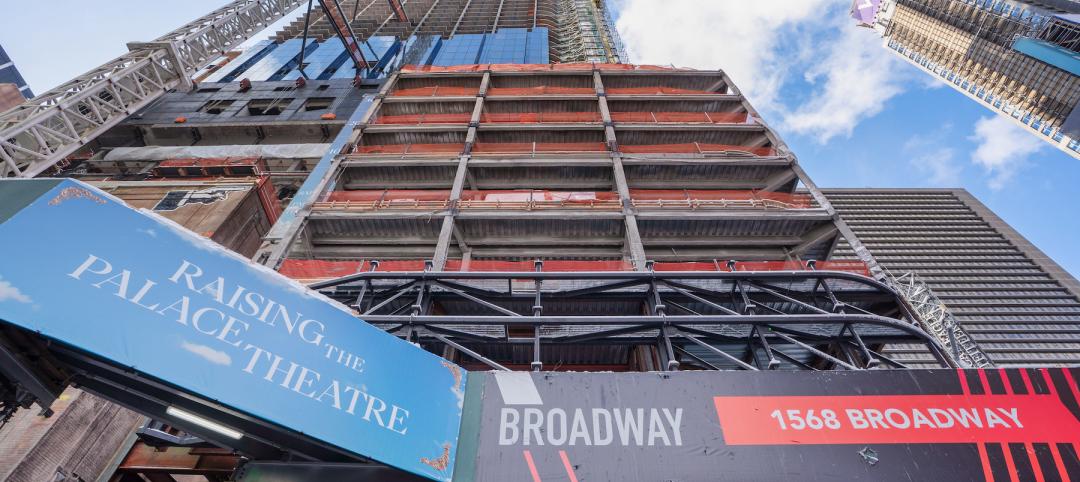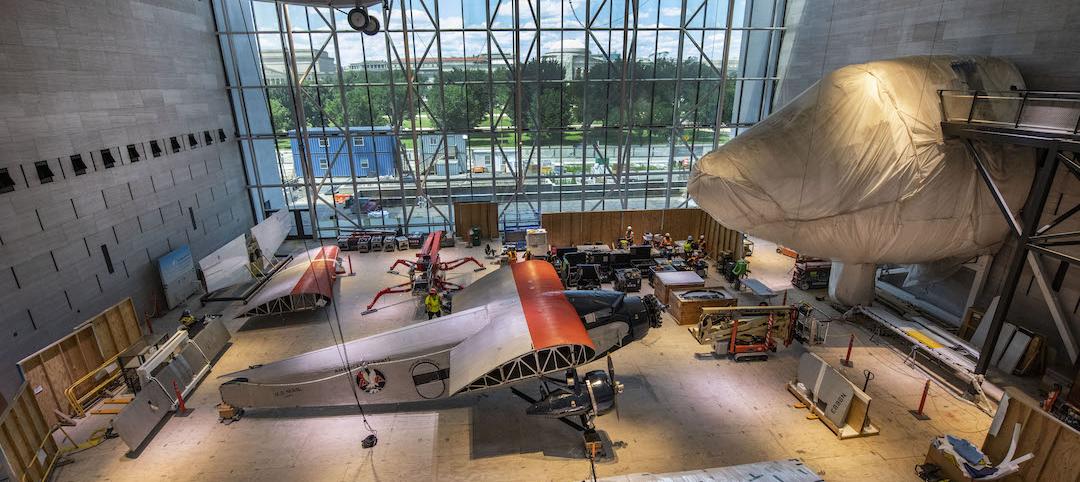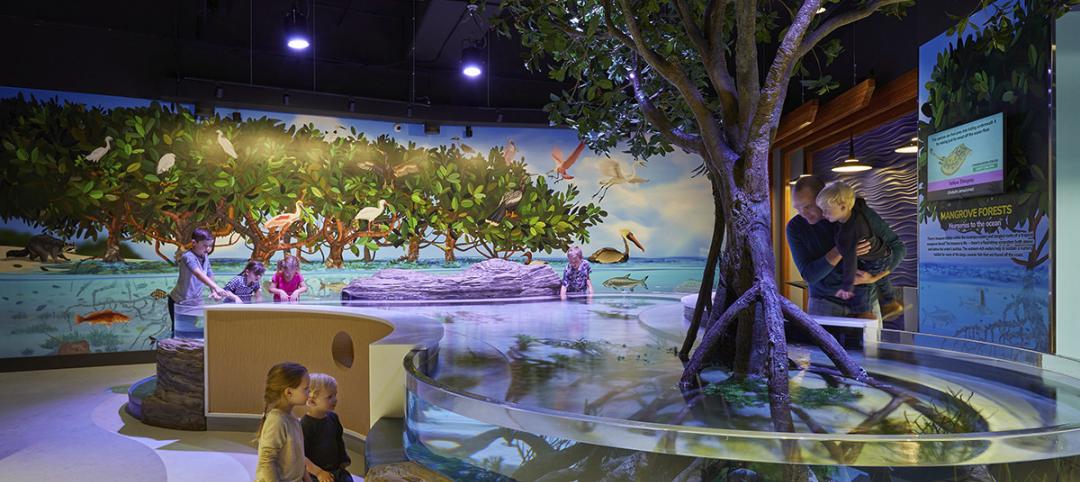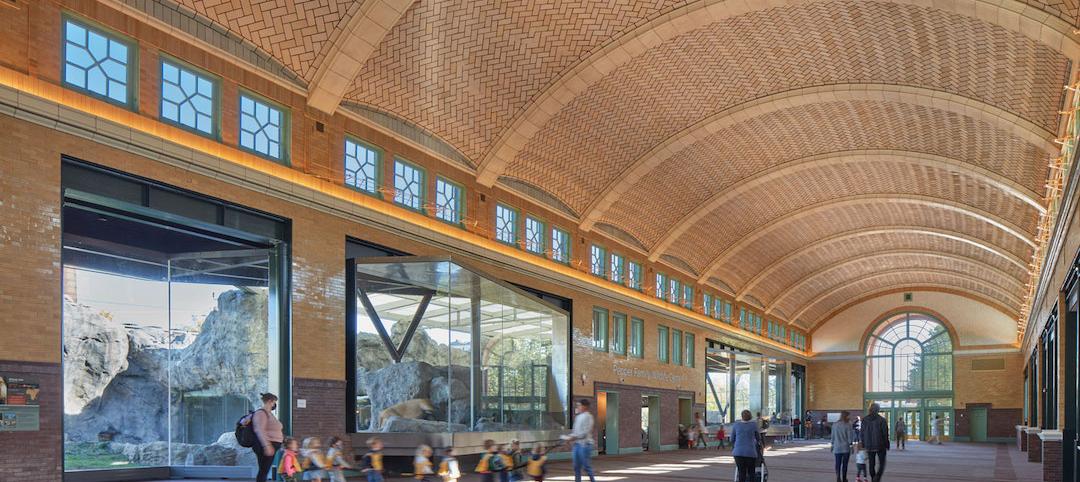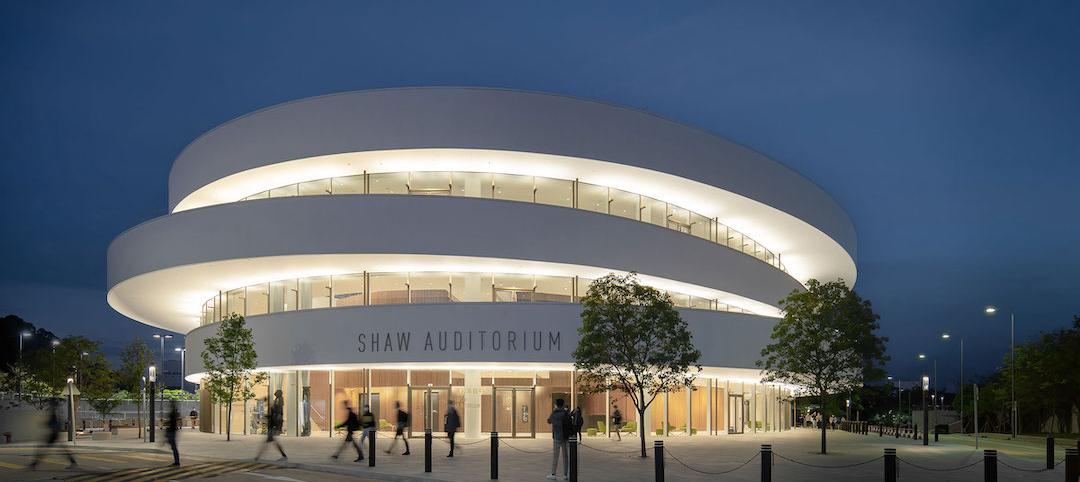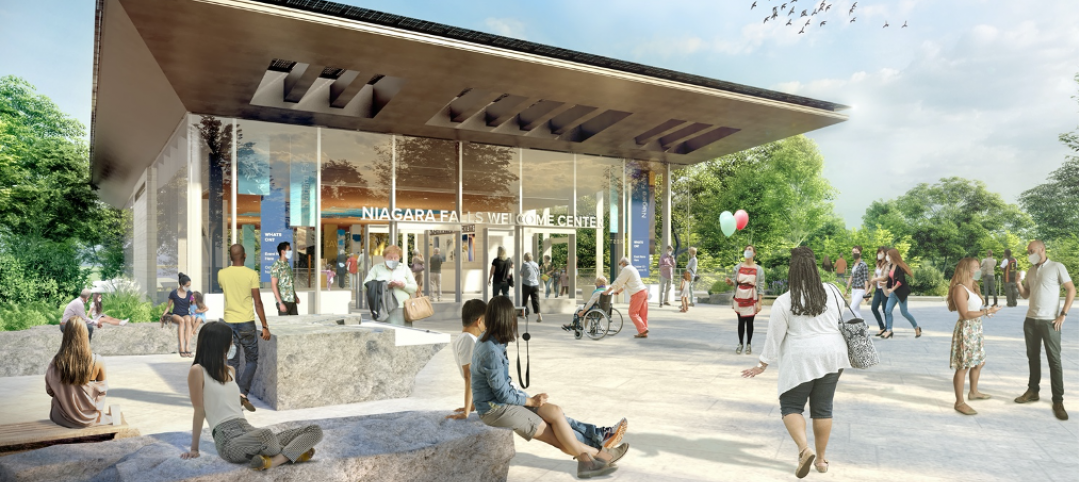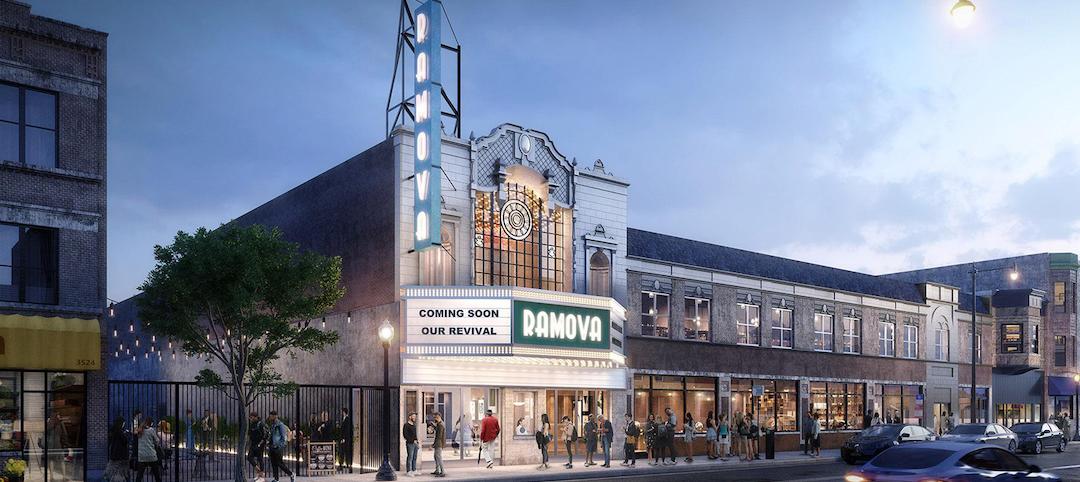
Through a unique partnership between a public media organization and a performing arts/education entity, a historic building in the heart of downtown Cleveland has been renovated as a model of sustainability and architectural innovation.
 |
| PHOTO: KEVIN REEVES PHOTOGRAPHY |
Playhouse Square, which had been working for more than 30 years to revitalize the city's arts district, teamed up with ideastream, a newly formed media group that combined public TV station WVIZ/PBS and FM radio station WCPN, to create a novel, inventive space for the performing arts, education programs, and radio broadcasting, as well as leased office space.
Local A/E firm Westlake Reed Leskosky (WRL) and the Cleveland office of URS Corp. got to work integrating a trendy, open design—and one that would save energy—into the existing structure.
The facility's main architectural feature is its transparency and openness, which exposes the center's cultural and educational activities to downtown Cleveland traffic. Restoring the storefront created “a simple, clean opening” to the activity within the center for passersby, notes Christopher Diehl, AIA, URS's VP and director of design.
Starting with the building's entry, an inverted canopy was designed to welcome visitors into a glass-enclosed vestibule where dance and broadcast/recording studios are easily visible. Colored cables, electronics, motors, and sound and light systems are exposed to add to the excitement of a backstage studio environment. The entry vestibule guides visitors to the historic lobby, with its ornamental staircase leading to a mezzanine, with its restored balustrade and new glass floor.
 |
| Floor-to-ceiling glass walls put the facility’s dance and broadcast/recording studios on display, adding to the vibrancy of the interior space. PHOTO: KEVIN REEVES PHOTOGRAPHY |
“The existing mezzanine landing was a dark and oppressive form overhead as one entered the lobby,” says Diehl. “We felt it was critical to the entry and journey experience to remove the brooding heaviness overhead, and open up the landing on both sides. The result is a space that feels much lighter and one that allows the activity to be viewed on all sides.”
Further inside, activities on multiple floors are connected, physically and visually, through deep wells and stairways cut into the building. Large windows, designed according to the size, proportion, and geometry of the original windows, take advantage of federal Historic Rehabilitation Tax Credits.
Robert L. Selby, FAIA, associate professor, School of Architecture, University of Illinois at Urbana-Champaign, commends the project for its sense of openness. “I like the way it gives high visibility to the arts,” he says.
Adding to the culturally vibrancy of the building is a state-of-the-art, 300-seat production theater, a new construction suspended over an existing loading dock and service alley. Featuring a collapsible, portable seating system, as well as customized floor construction and dual lighting to support both television and theatrical productions, the black-box space posed unique structural challenges.
Westlake Reed Leskosky, serving also as structural engineer, took the approach of maintaining the load path from the existing floor plate and columns to the foundations of the existing concrete structure. This eliminated the need to remove the first- and second-floor interior columns and floor slabs, or to redirect load transfer to the foundations; it also made it possible to suspend the new theater from the existing structure, with minimal new columns underneath, in order to maintain vehicle circulation underneath the studio.
Beyond the technical details, the real brilliance of the new theater is the efficiencies captured by space sharing.
“Playhouse Square needed a theater, ideastream needed a media studio, and both organizations have an educational mission,” notes Kathryn P. Jensen, ideastream's COO. “By integrating the two purposes, we saved what would have separately cost us $7 million.”
Having multiple high-tech tenants in a building will often create waste, because each wants to maintain separate systems for power distribution, heating and cooling, and other basic components, notes WRL associate and mechanical engineer Matthew Murphy, PE. With its central plant and shared systems and infrastructure, Idea Center creates architectural and engineering synergies that lead to lower operating costs and higher efficiency. The project earned a Silver rating under the U.S. Green Building Council's LEED-CI (commercial interiors) program.
To support the radio stations and high-tech tenants, the facility houses a robust and redundant power distribution, UPS backup, and ground and standby generator systems. EMI shielding protects the sensitive high-frequency communication cables from magnetic fields emitted by the distribution systems.
To meet high acoustical requirements (NC-15, as opposed to NC 40-45 for typical offices), motorized equipment and transformers are isolated, cooling equipment is sited in a remote location, distribution ductwork is lined with acoustical material, and ductwork distribution pathways are designed in large sections with circuitous routes to allow for noise dissipation and lower velocity airflow.
The true success of the Idea Center, however, is the vibrancy it is contributing to the Playhouse Square district. As lead designer Paul E. Westlake, Jr., FAIA, put it, “The fabric woven here is the cloth of community culture.”
Related Stories
University Buildings | Feb 18, 2022
On-campus performing arts centers and museums can be talent magnets for universities
Cultural facilities are changing the way prospective students and parents view higher education campuses.
Resiliency | Feb 15, 2022
Design strategies for resilient buildings
LEO A DALY's National Director of Engineering Kim Cowman takes a building-level look at resilient design.
Cultural Facilities | Jan 27, 2022
Growth in content providers creates new demand for soundstage facilities
Relativity Architects' Partner Tima Bell discusses how the explosion in content providers has outpaced the availability of TV and film production soundstages in North America and Europe.
Cultural Facilities | Jan 18, 2022
A building in Times Square aspires to be a marketing and arts tool
The 580-ft TSX Broadway will have several LED signs on its exterior, and host an existing 27,000-sf theater that was hoisted 30 ft above street level.
Cultural Facilities | Dec 16, 2021
Museums and other cultural spaces reconsider how to serve their communities
Efforts to raise capital for cultural buildings became necessary during the COVID-19 health crisis.
Giants 400 | Nov 19, 2021
2021 Cultural Facilities Giants: Top architecture, engineering, and construction firms in the U.S. cultural facilities sector
Gensler, AECOM, Buro Happold, and Arup top BD+C's rankings of the nation's largest cultural facilities sector architecture, engineering, and construction firms, as reported in the 2021 Giants 400 Report.
Cultural Facilities | Nov 19, 2021
Goettsch Partners completes Lincoln Park Zoo’s Pepper Family Wildlife Center
The project doubles the size of the previous lion habitat.
Cultural Facilities | Nov 17, 2021
Henning Larsen-designed Shaw Auditorium opens at the Hong Kong University of Science and Technology
The project celebrated its grand opening as part of HKUST’s thirtieth anniversary celebration.
Cultural Facilities | Oct 19, 2021
Niagara Falls is getting a bigger Welcome Center
The GWWO Architects-designed building will mostly sit on the site of the center it replaces.
Reconstruction & Renovation | Oct 13, 2021
Restoration of Ramova Theater in Chicago’s Bridgeport Neighborhood begins
The building was originally built in 1929.





